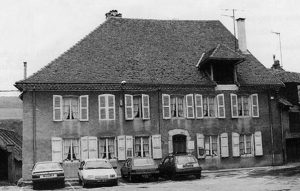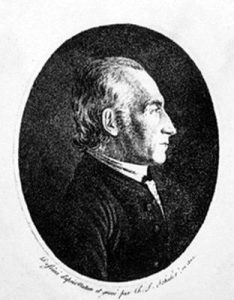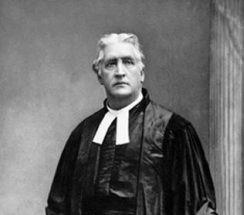The local Protestant schools
The Guizot act made it clear that, in the “departments” whose inhabitants belonged to different denominations, “model” schools meant to train primary school teachers could be opened alongside regular schools.
The SEIPF, realizing that the regular schools did not always offer the same guarantees concerning religious training, favoured the opening up of “model” schools, or developing such as already existed. Among the various schools thus founded, the following are worth a mentioning :
- Mens (Isère), which by 1881 had trained over 300 teachers, and had 54 students in 1885 ;
- Montbeliard (Doubs), with 30 students in1882 ;
- Dieulefit (Drôme), with 44 students in 1885 ;
- Nîmes (Gard), which for 40 years trained 40 to 60 female schoolteachers every year.
The national Protestant schools
The need for academically and religiously competent teachers became all the more important for the schools founded by the Protestant community : from 1850 onwards, with the powerful rise of the party in favour of moral order, local schools, though public, were once more controlled by the Catholic authorities. Two teacher training schools were opened at national level : one in Boissy-St-Léger for female teachers and one in Courbevoie.
The school in Courbevoie operated from 1846 to 1888 ; it was characterised by the teaching guidelines of its founder, Louis Gauthey : a teacher trainee, eager to provide quality schooling, should resort to intuition and to a natural way of teaching and focus on practical methods ; “no natural science lesson without natural living creatures” (pas de leçons de choses sans choses) the Protestant pedagogues would say. Religious education came first and the teacher trainees in charge of Sunday school could occasionally replace the pastor for the Sunday church service. Moral education went along with religious education and the schoolteacher had to be prepared for the humble life that was ahead of him. History, foreign languages, mathematics, gymnastics and manual work were introduced in turn, many years before they were made compulsory by law.






